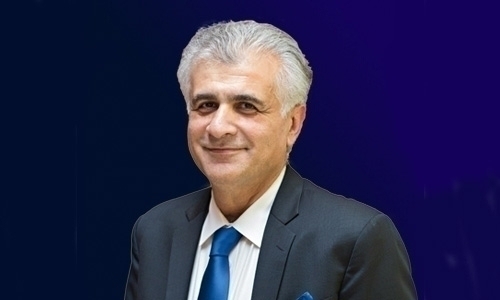Follow-up on application
You’ve sent in your resume. Now what? Executive job seekers often struggle to know how to appropriately follow up with a potential employer after applying for an open position. Here’s some counselling on how you can follow up properly at each stage of the hiring process. Using these strategies, you can improve your standing as an applicant and increase your odds of landing your desired executive role. After application is first submitted As an individual who strives to lead in an executive capacity, there is always the inclination to dislike the loss of control. However, after you submit your application, the ball will be in the employer’s court. They might not even be reviewing applications for several weeks; or, the hiring managers might have hundreds to review. So this stage of the process is all about patience. Job seekers are frequently advised to call at this stage of the process to check on their status, or even more ambitiously, to try to schedule an interview. But most hiring managers don’t respond well to this tactic. It is typically viewed as overly aggressive and even annoying. After all, it is likely that dozens, if not hundreds, of applicants are applying this same tactic. When dealing with this in such large quantities, it’s no wonder why employers become annoyed by this.
Phone when following up about your job application.
The method for prospective candidates to stand out at this stage of the hiring process isn’t by having an overly aggressive approach. Rather, you’ll be able to stand out by being a highly qualified candidate, presenting a fantastic cover letter, as well as being responsive and considerate. If you feel compelled to reach out to particular hiring manager, it can be acceptable to follow up on one occasion. The key to this interaction is to be as unobtrusive as possible, while still underscoring your interest in the position. This is done not by calling, but by sending a quick email. The following can be used as a template: Good morning/afternoon, “I submitted my application for your __ position __ (timeframe, i.e. two weeks ago), and I just wanted to make sure my materials were received. I also would like to reiterate my interest in the position; I think it could be a great fit, and I’d love to talk with you about it when you’re ready to begin scheduling interviews.” Such a message highlights your interest in the position without interrupting the employer. It also doesn’t demand an immediate response, which demonstrates your poise and consideration of the situation. After an interview The rules change after an interview has taken place. At this stage in the proceedings, you have passed an initial screening. Further, both parties have both invested time in each other. At this juncture, you’re entitled to hear something back from the organization within a reasonable amount of time. Ideally, you would have ended the face-to-face interview by asking the employer on what their timeline appears to be for being in touch with the next steps. If you receive a timeframe and that time passes, then you have the perfect excuse to politely follow up. Do this by simply sending them a quick email; explain that you’re still very interested but understand that hiring can take time, and ask if they have an updated timetable.
If the organization cannot provide an approximate timetable during the interview, it is then appropriate to follow up within a week or two of your interview. Again, reinforce your interest and politely inquire as to what they expect their timeline for a decision to be. The main component of any follow-up you may notice is that you’re not just asking for an update on how things are going. That sort of inquiry is not as likely to produce useful information; it is also easier for employers to ignore, especially if the employer doesn’t have anything new to provide you. Instead, ask for some more specific, such as a timeline.
Related Posts

